Tribunal or restitution? Ukraine eyes ways to return one of its richest art collections looted by Russia
Russia looted one of Ukraine's richest collections from the Kherson art museum
The head of the Kherson Art Museum, Alina Dotsenko, told in an interview with Ukrainska Pravda that before the seizure of the region, the art collection of the museum included valuable icons from the 18th and 20th centuries, extraordinary Italian sculptures from the 18th century, masterpieces of August von Bayer and Anglo-Dutch master Sir Peter Lely. Part of the paintings was insured and added to the official register of the national Ukrainian heritage list.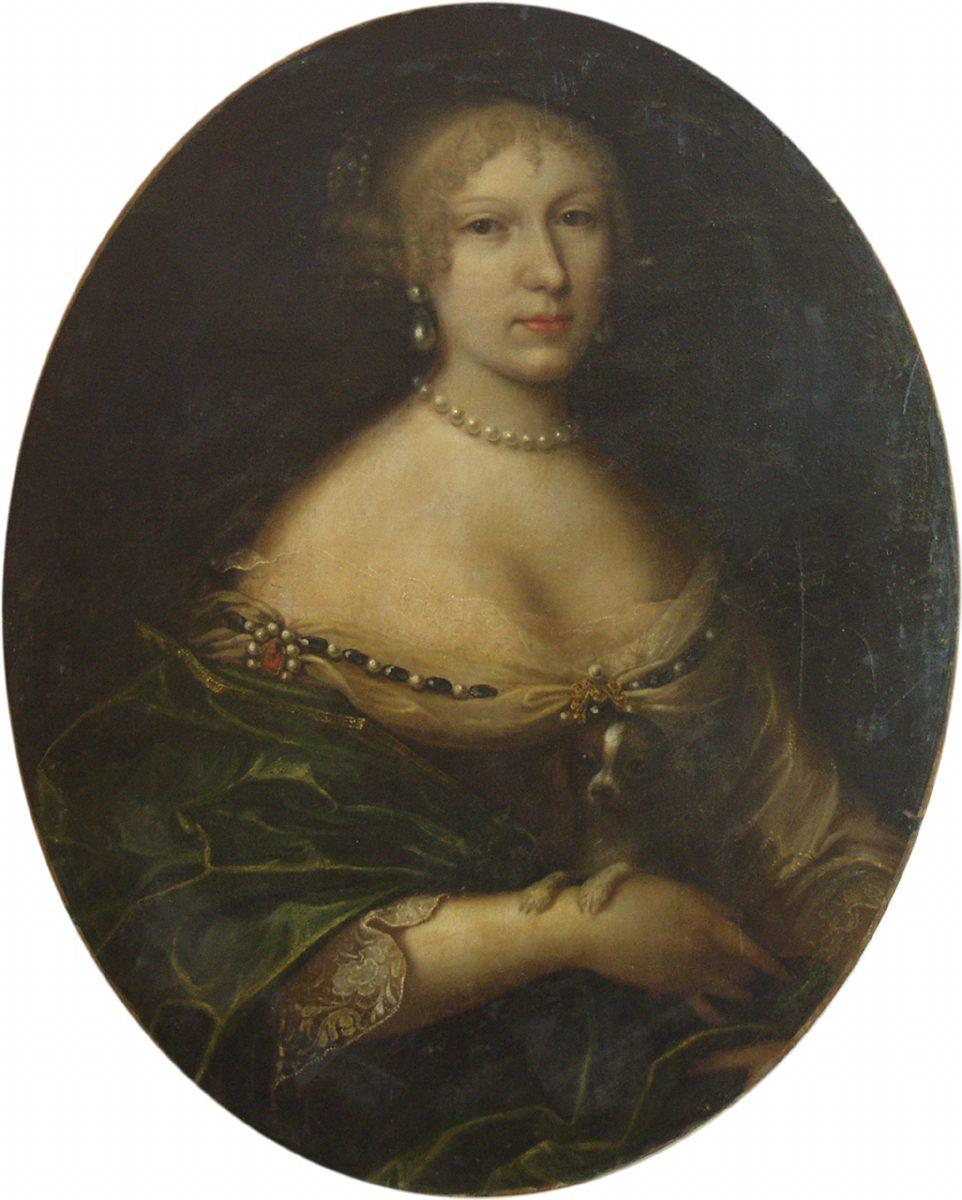

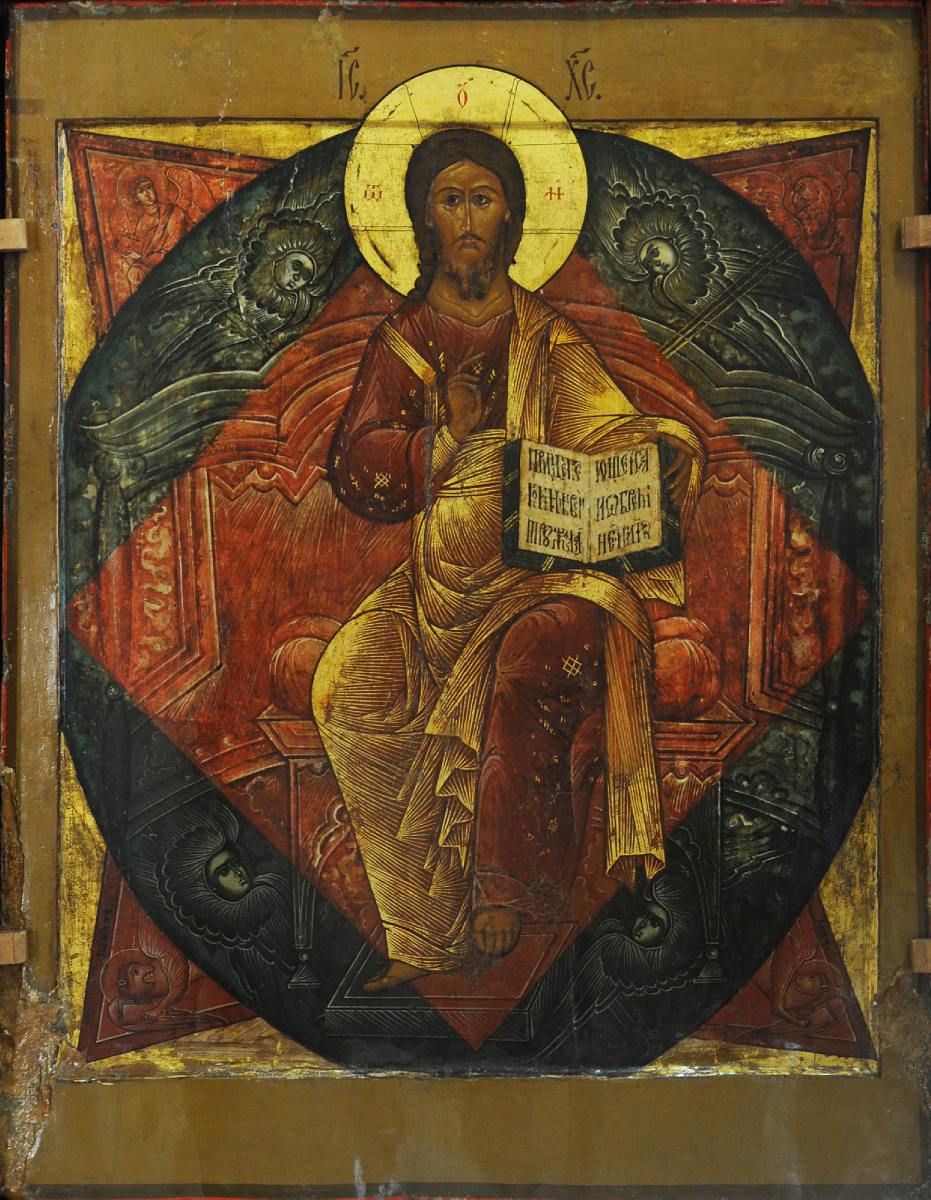
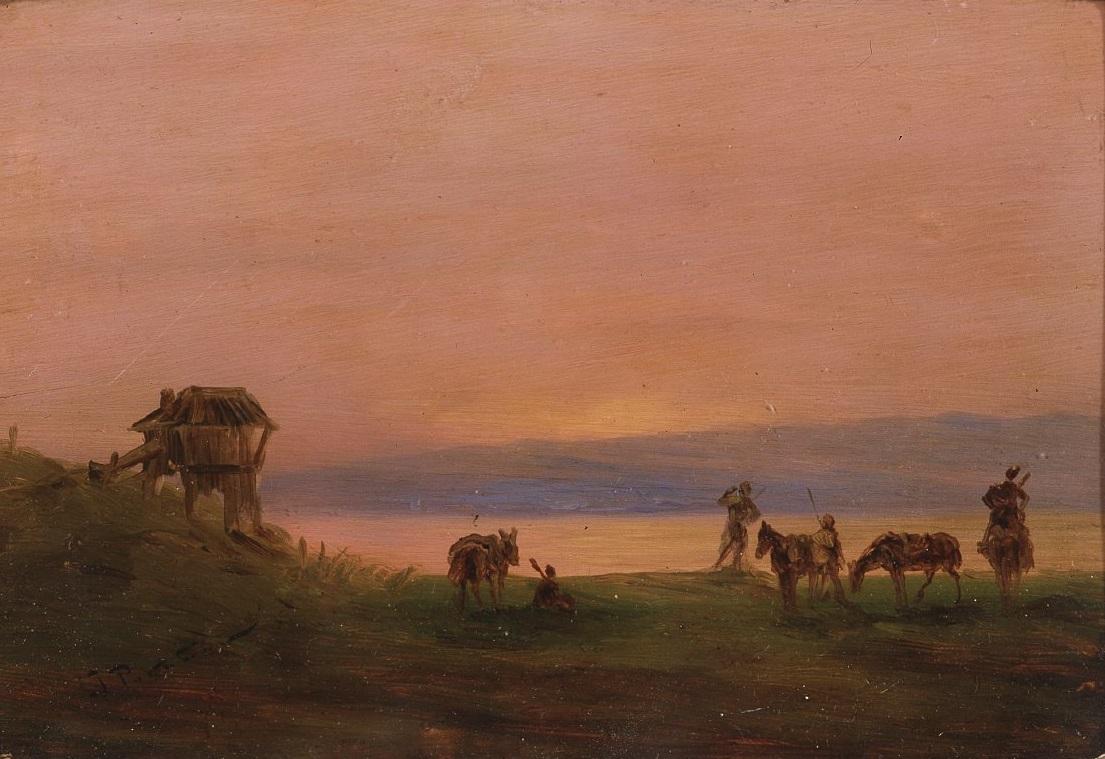
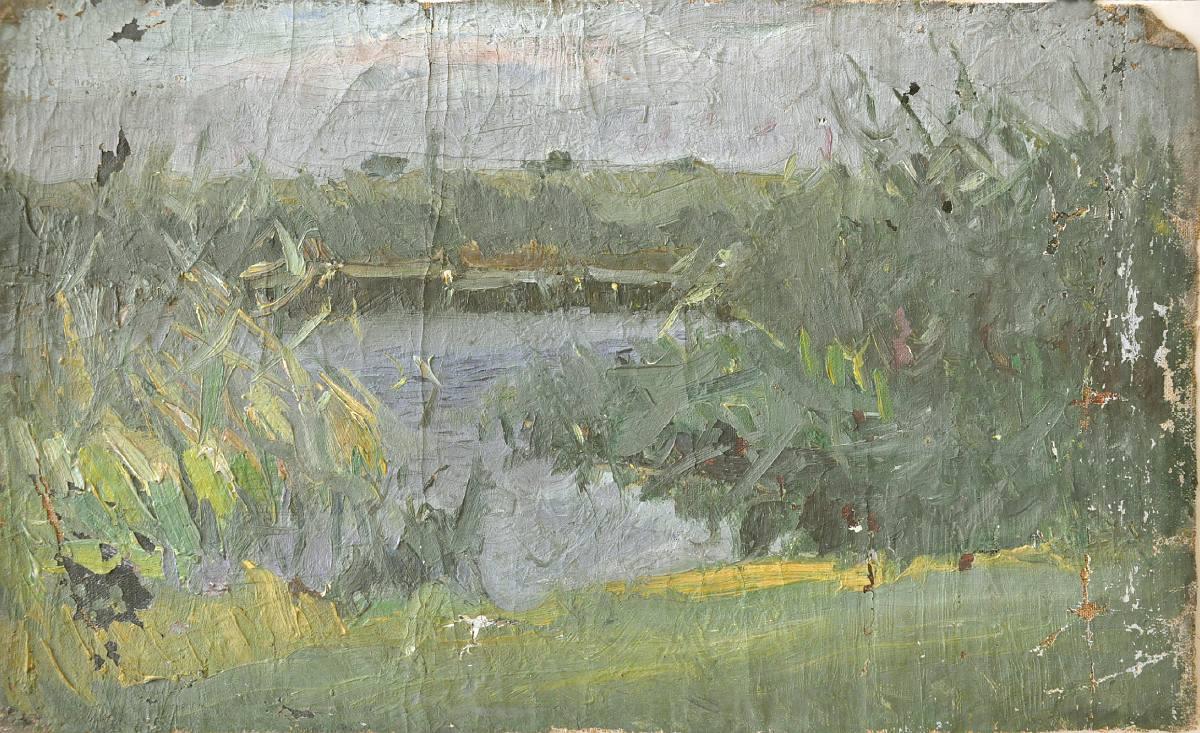
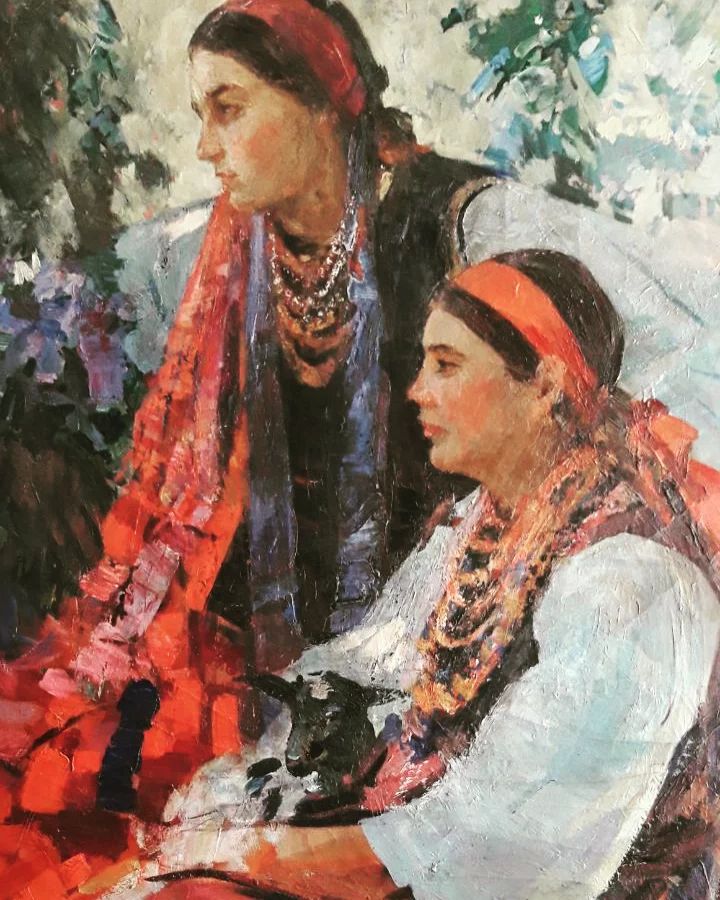
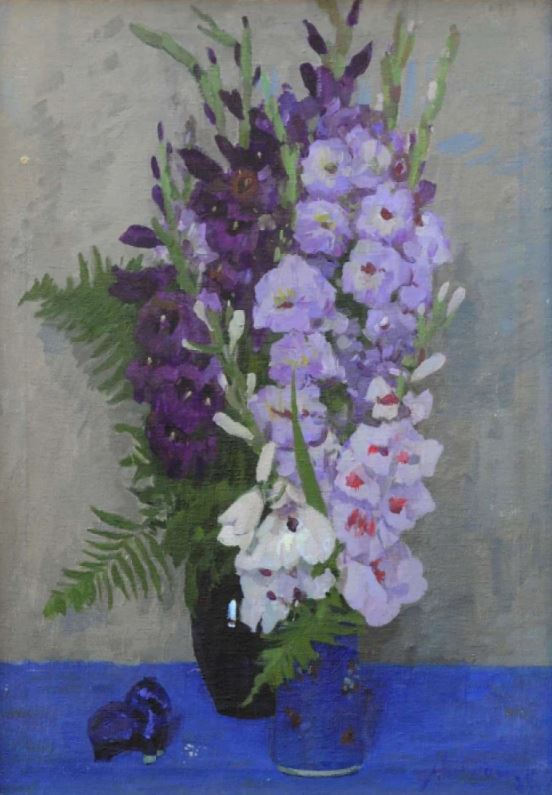
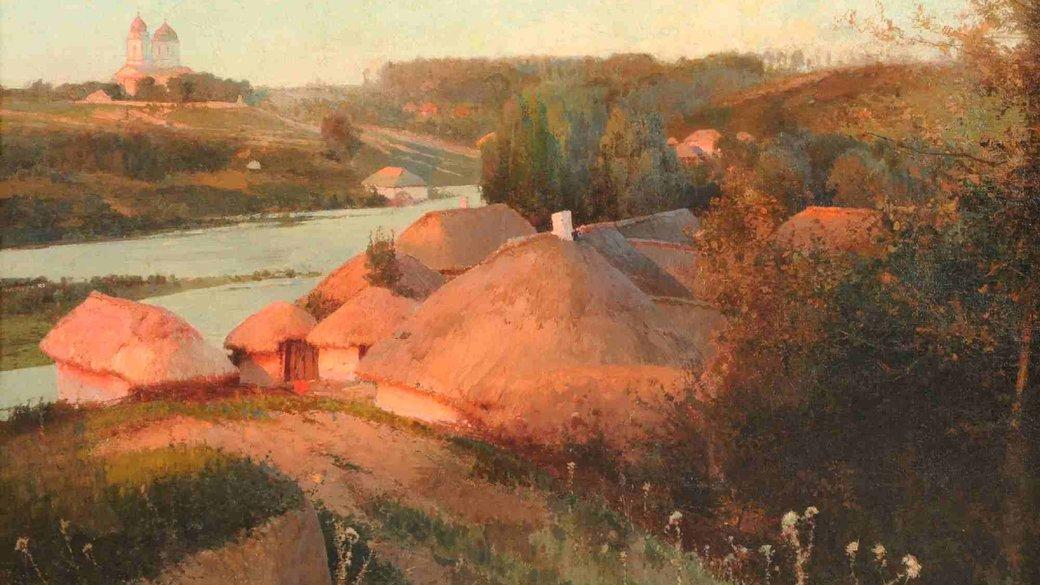
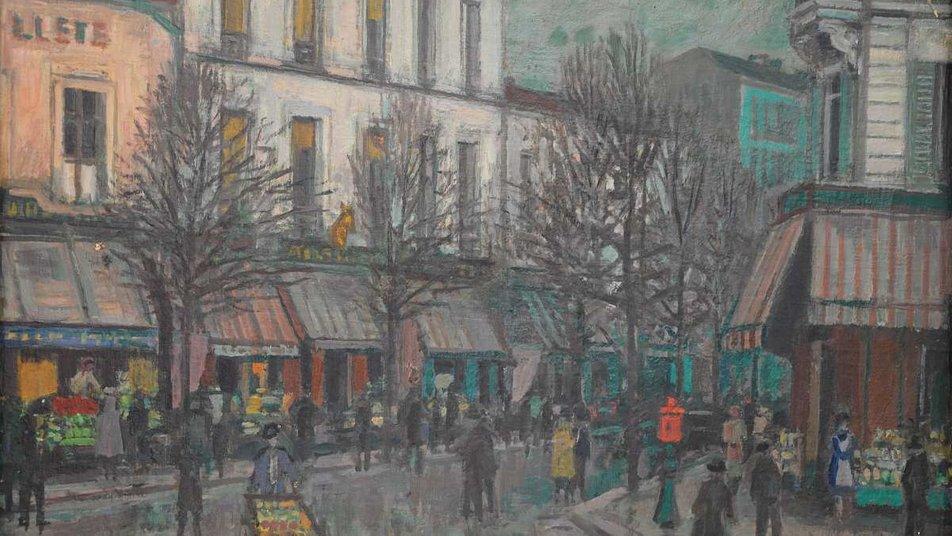
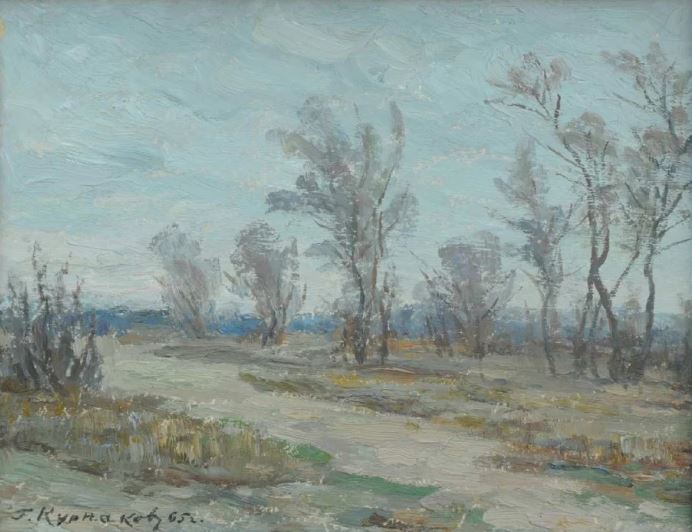
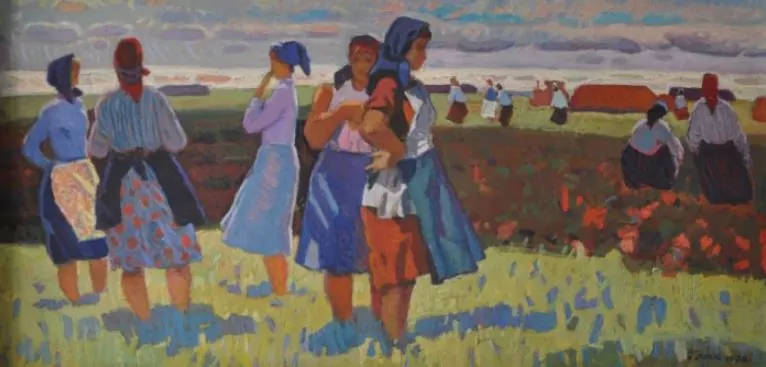
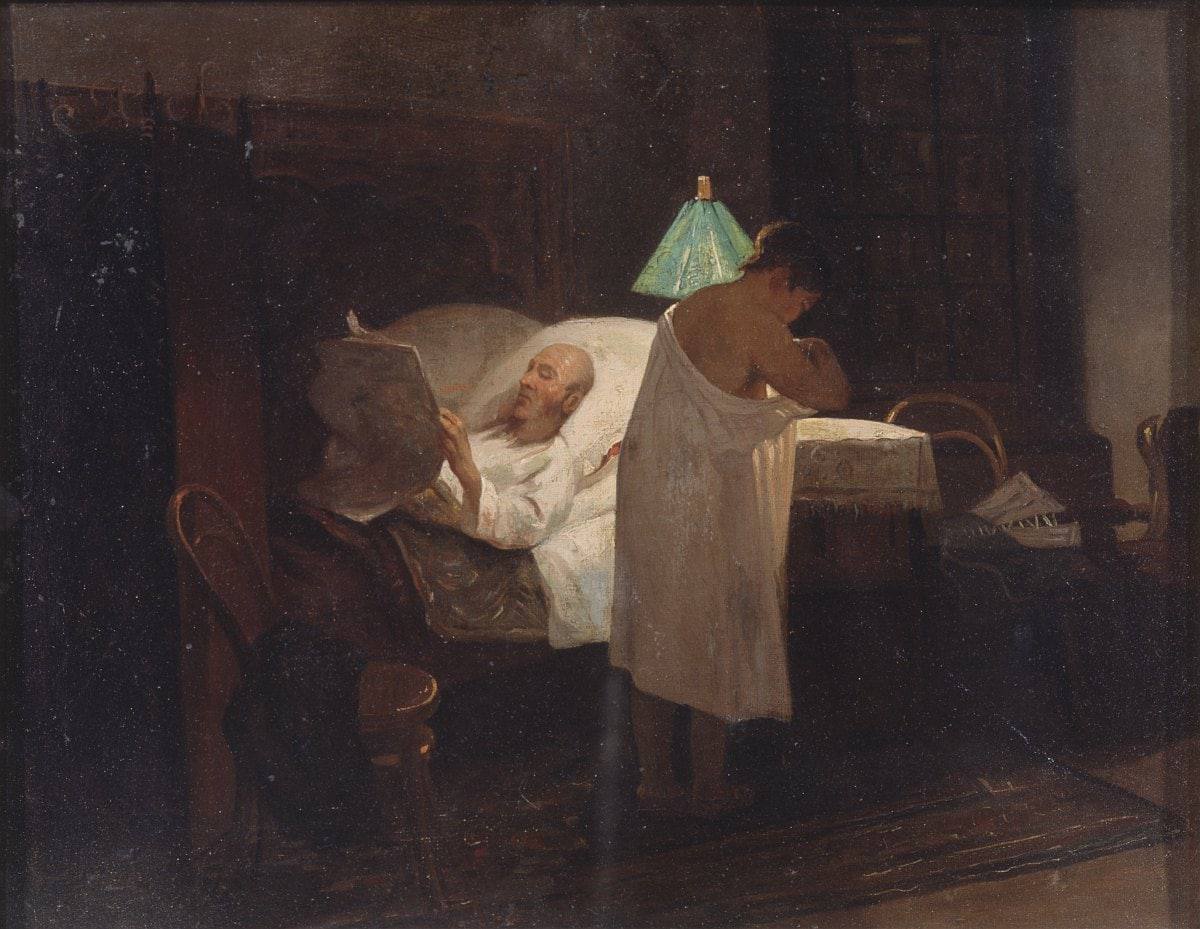
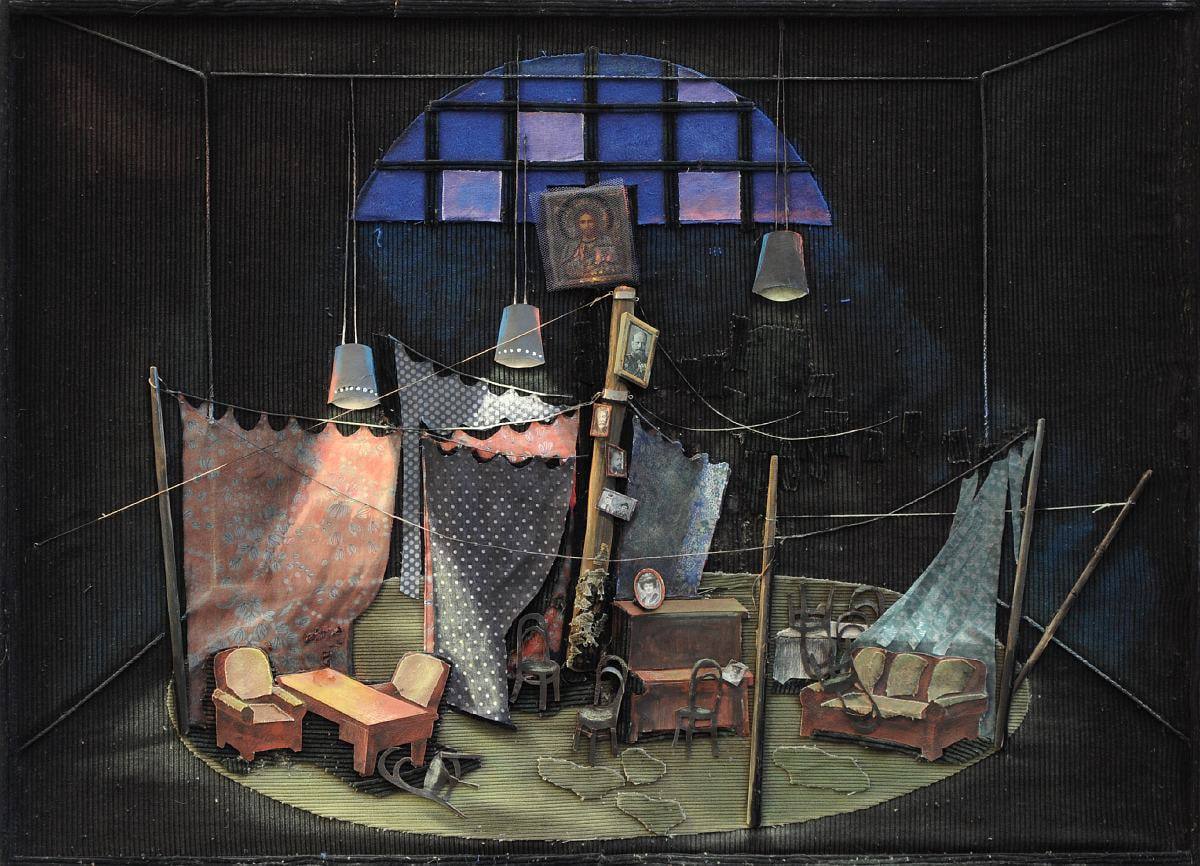
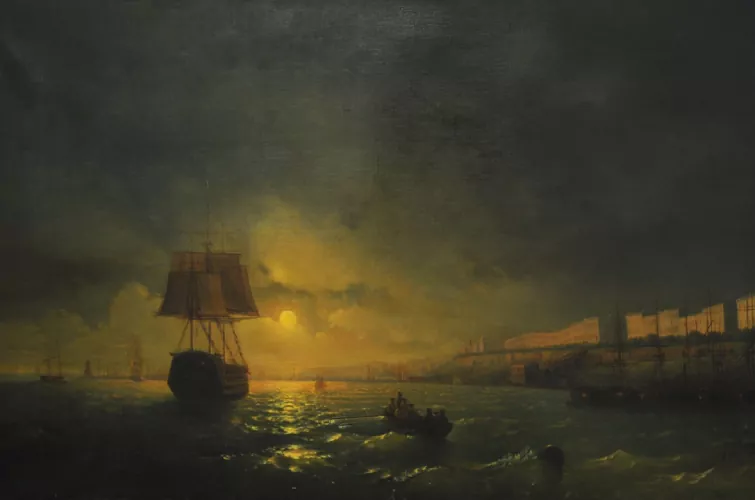
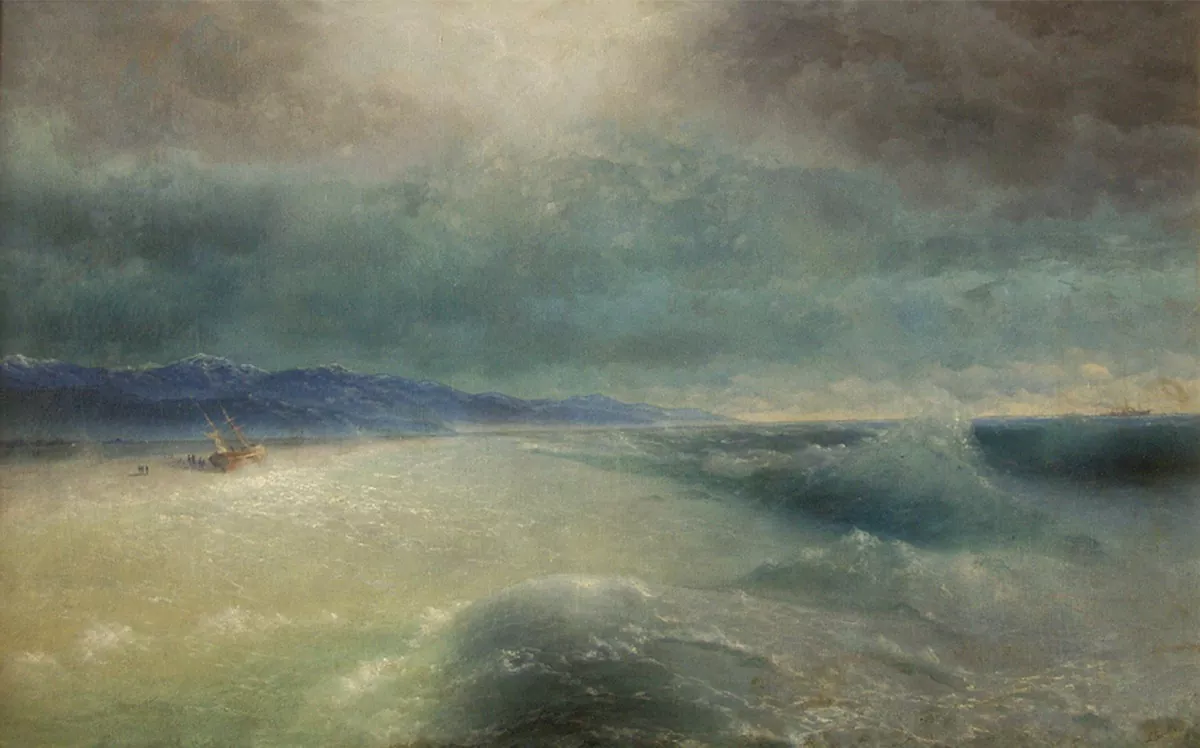
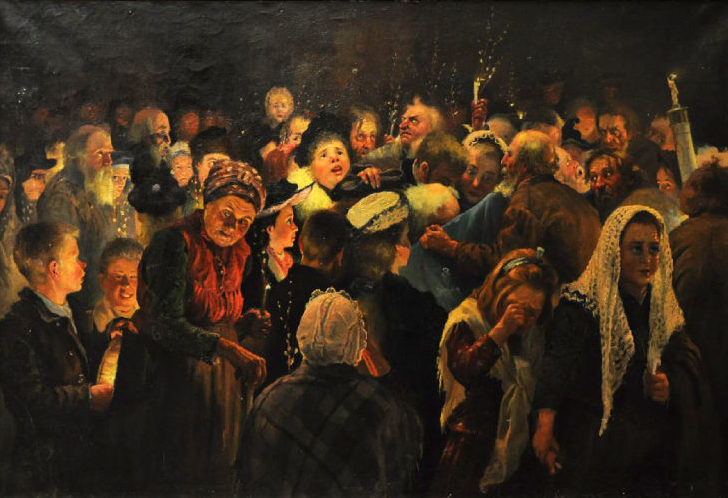
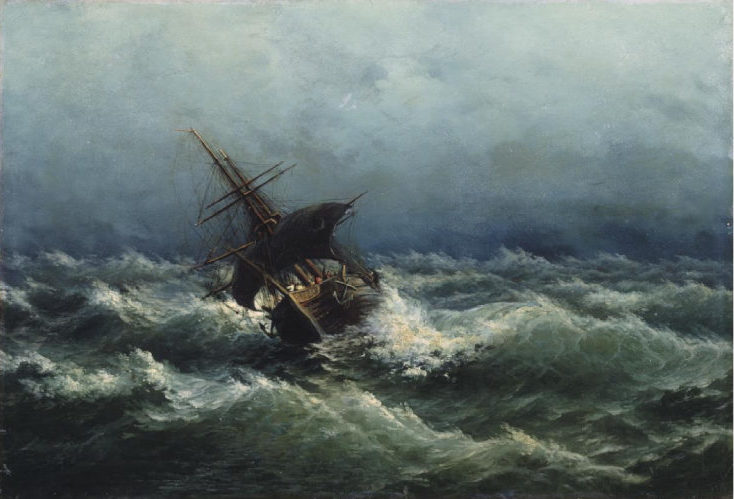
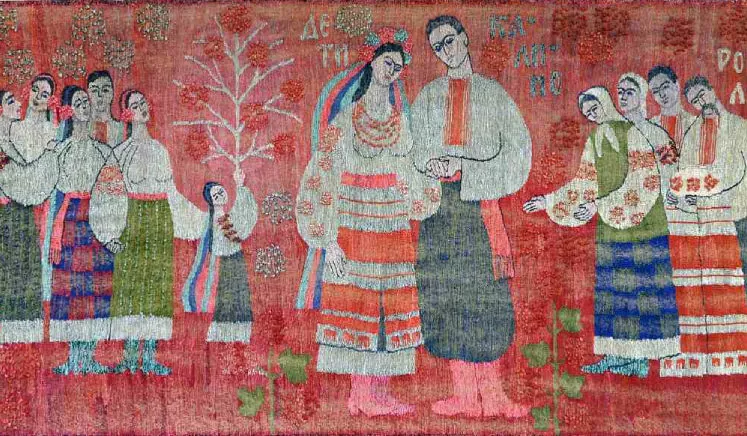
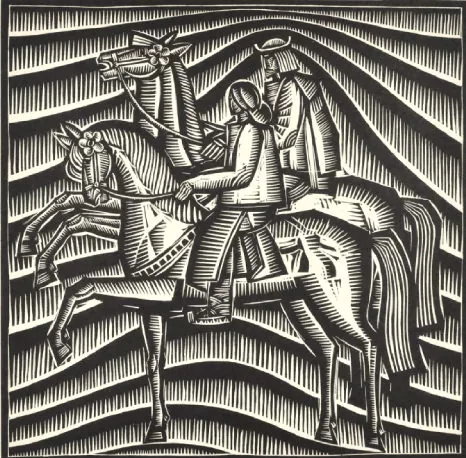
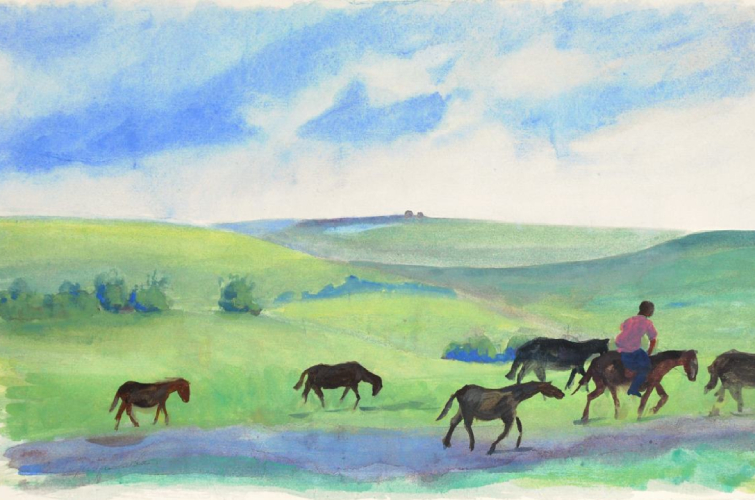
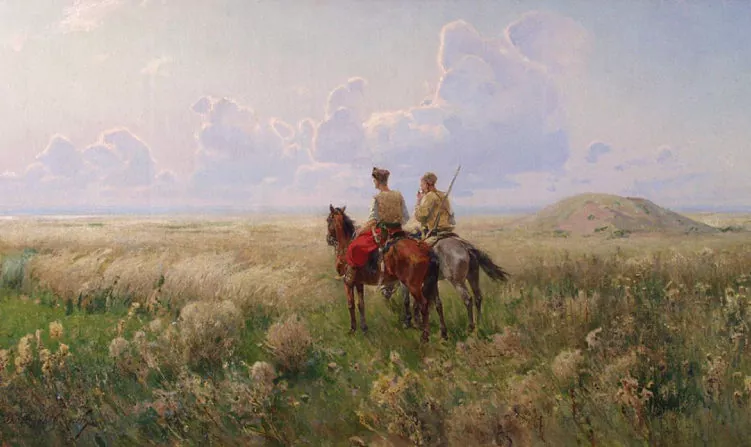
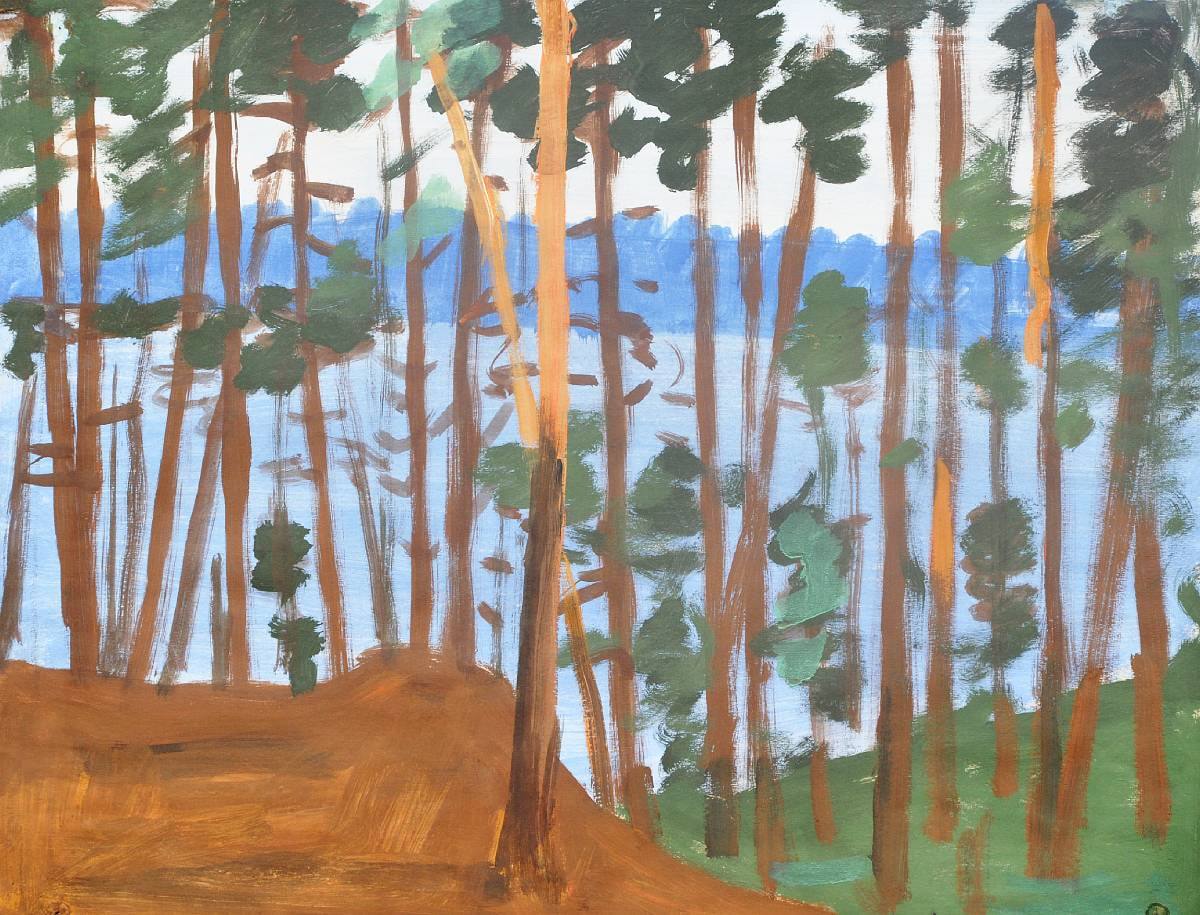
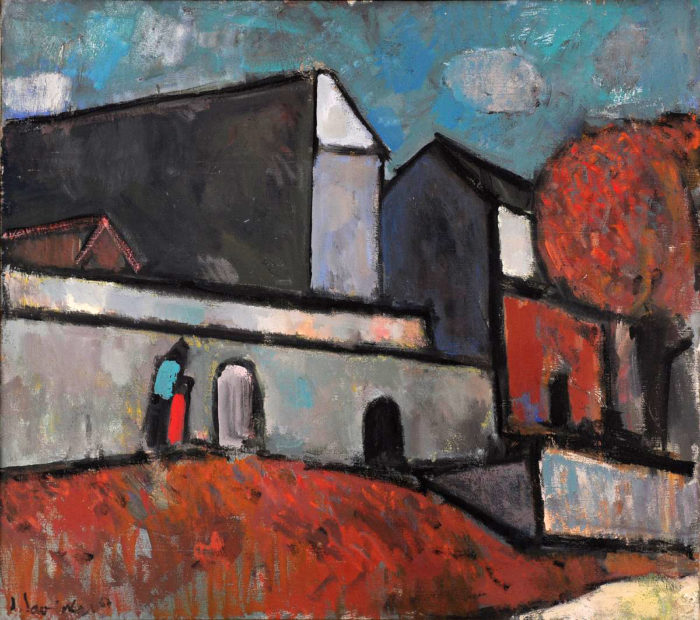
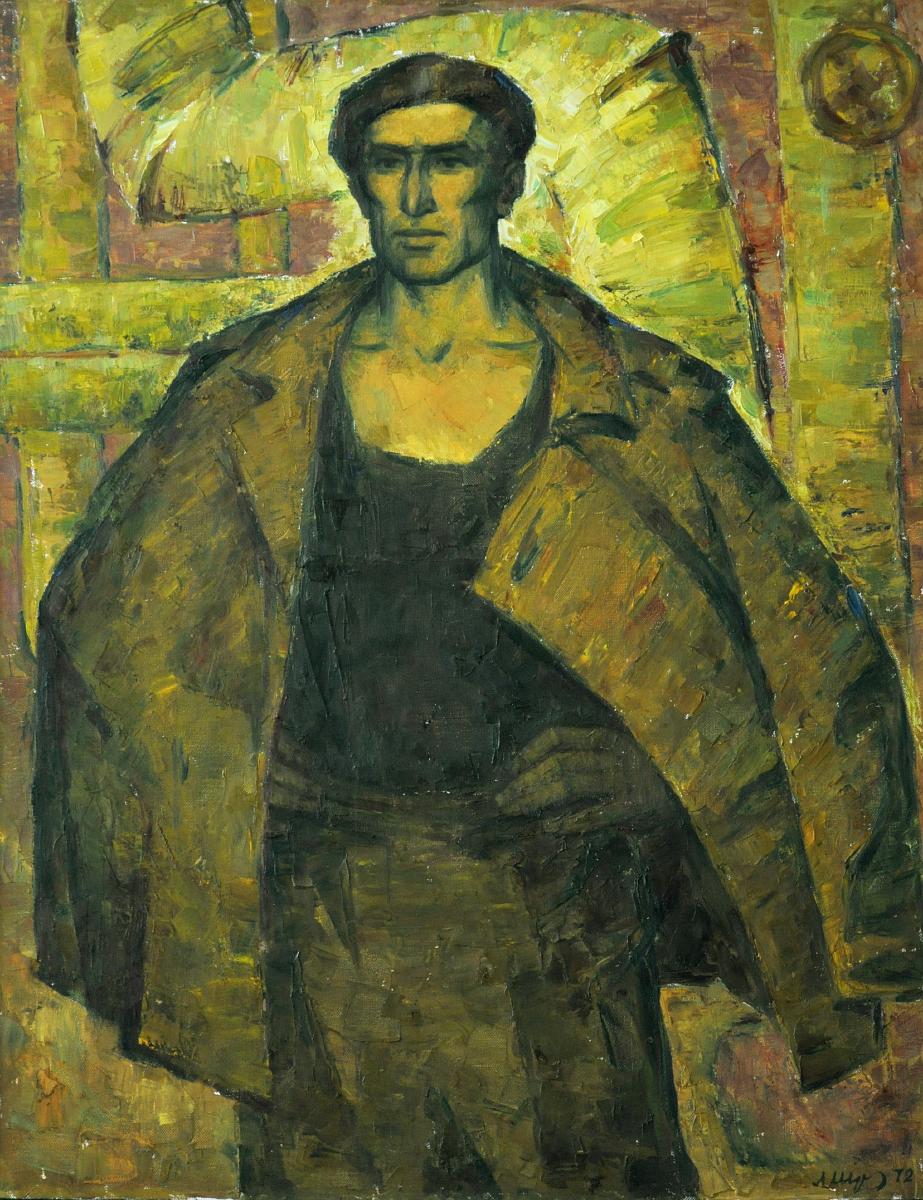
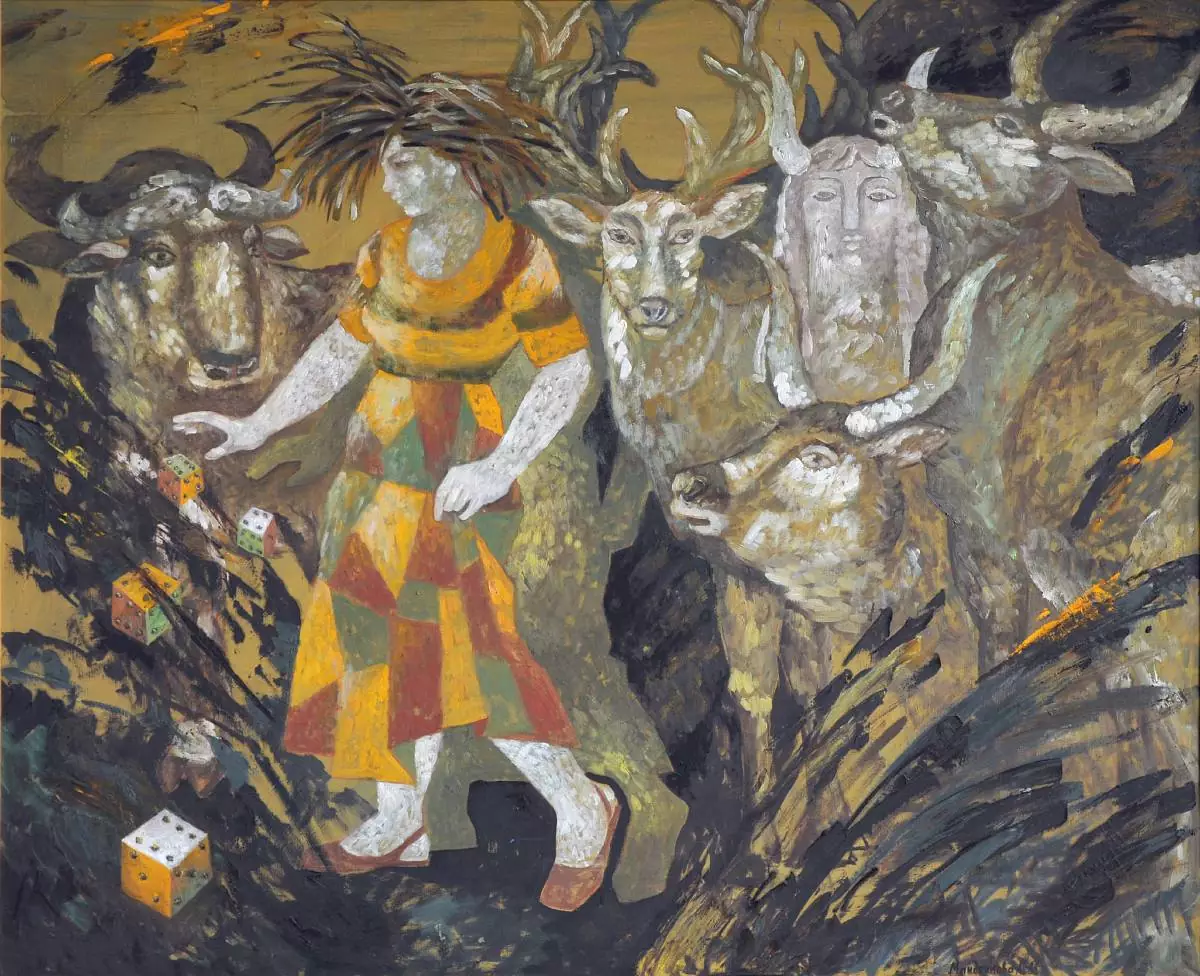
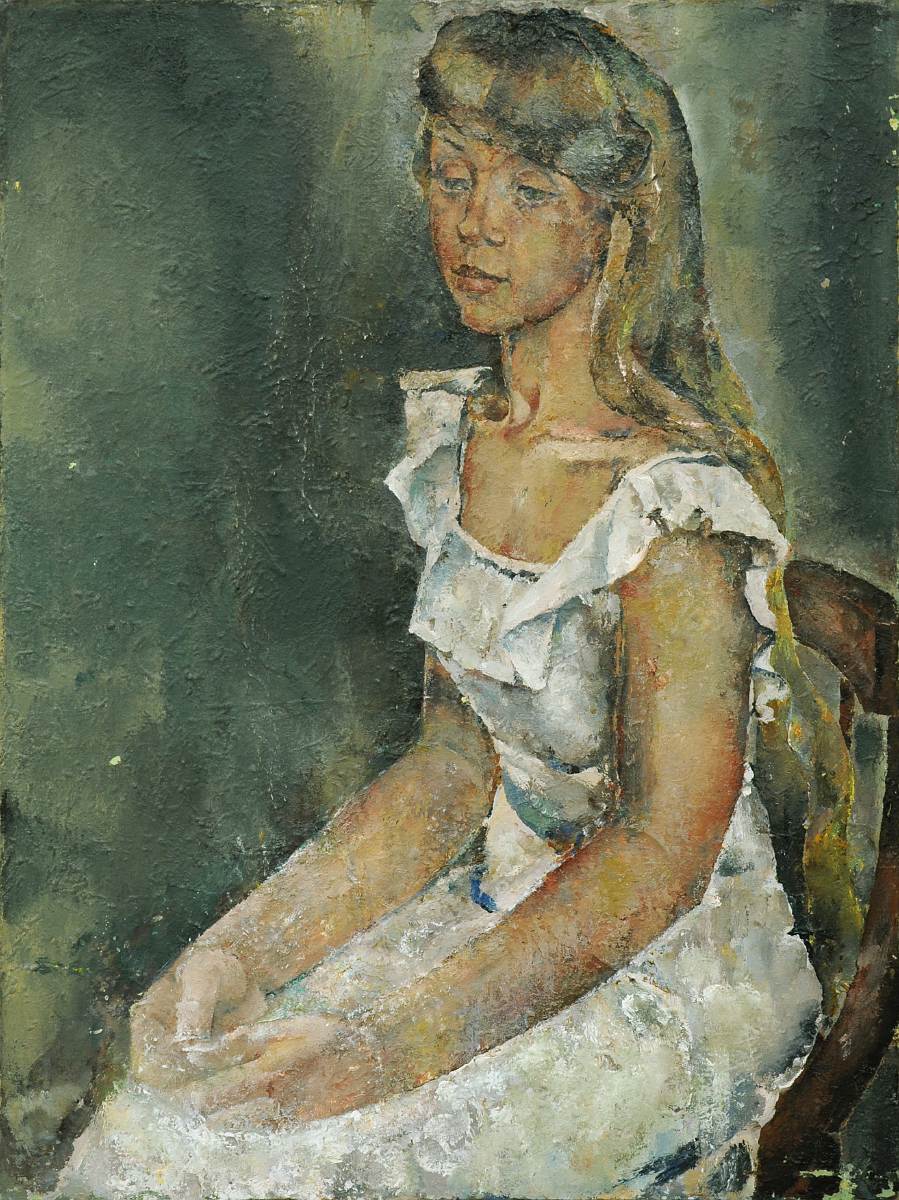
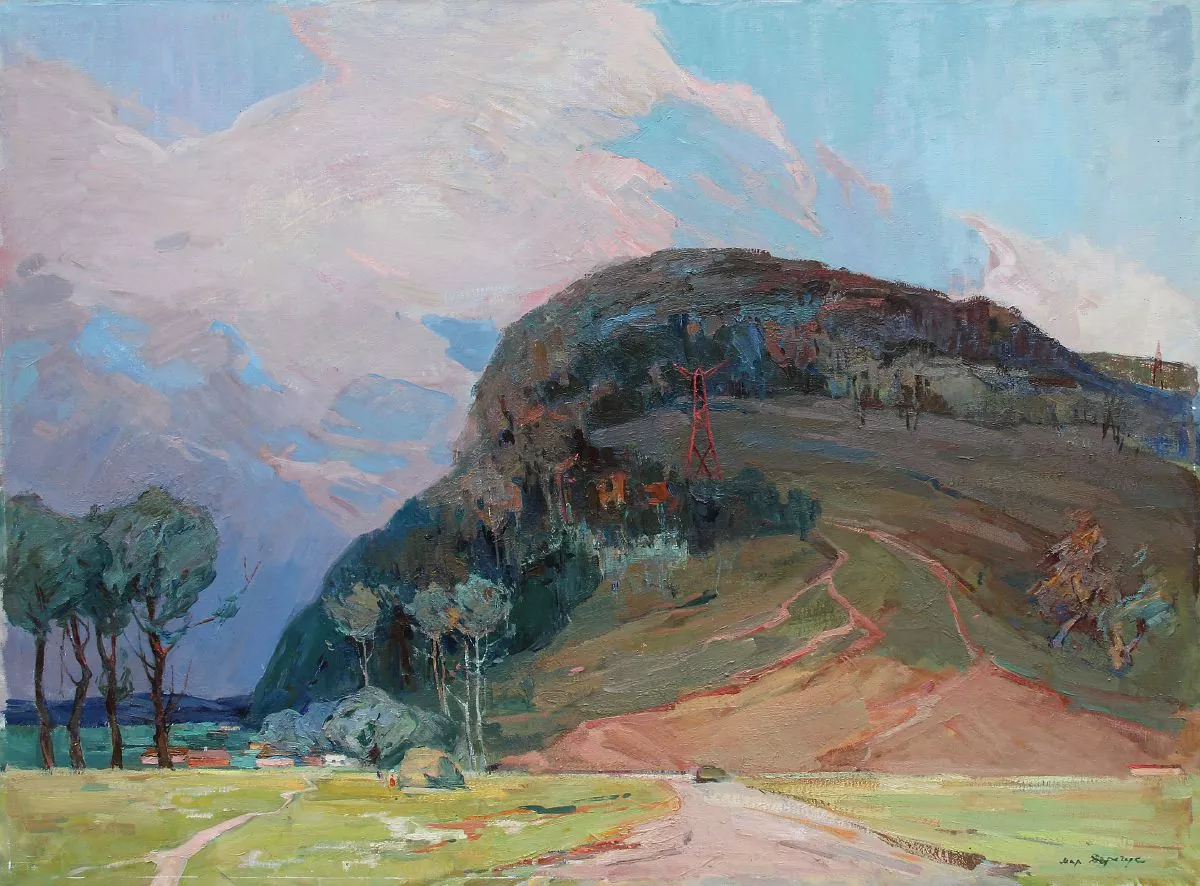
Related:
- Tribunal or restitution? Ukraine eyes ways to return one of its richest art collections looted by Russia
- Making Russia answer for destroying cultural heritage in Ukraine
- We have a dream: why the world needs a Special Tribunal for the Crime of Aggression against Ukraine
- How Ukraine is preparing a Tribunal for Putin

